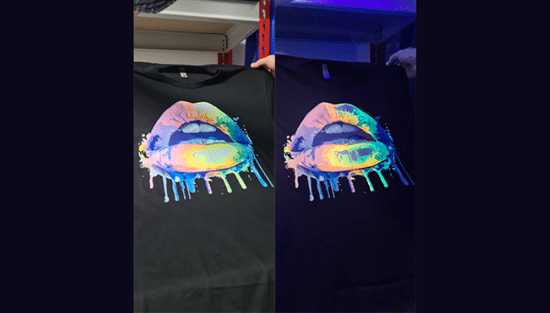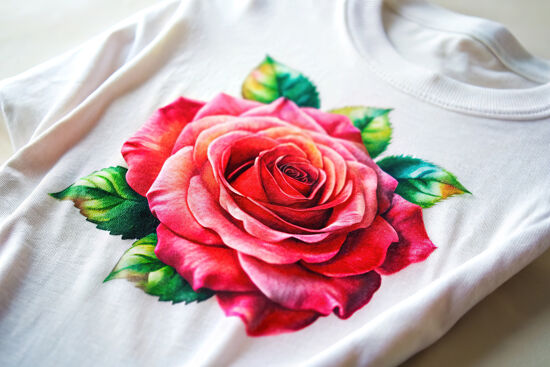The sustainability conversation

Laurel Brunner discusses the ins and outs of the conversation around environmental sustainability and its relevancy in the print industry
Numerous users of HP Indigo technologies attended the DSCOOP in Vienna. Participants were eager and very passionate to share as they were confident that they were in the right environment to do so. People did not forget that they were amongst potential competitors but there was a great atmosphere of sharing and learning. The atmosphere was uplifting but it was evident that few contenders in the graphics industry have the confidence to discuss sustainability with a straight face. It is almost as though the environment is not a ‘cool’ topic for business professionals to discuss.
This attitude needs to change because print service providers are at the front line in regard to correcting the uninformed view that print is bad for the environment. That is the easy part, the problem is that too many graphics professionals don’t want to talk about sustainability as they are not equipped for the conversation.
This is not a surprise as people usually don’t see environmental protection as their problem. What’s worse is that people are reluctant to sound like tree-hugging hippies, therefore they are unwilling to discuss sustainability. Putting egos aside, having this conversation is difficult as the language is unfamiliar and the references for environmental vocabulary is ambiguous. How many print service providers are comfortable having a conversation about the carbon footprint of a particular print job? Very few. How many can answer questions about ISO standards that are relevant to the graphics industry in general and the environment? Even fewer.
But does this matter? Is it necessary for business owners in the print industry to confront this possibly steep learning curve? Yes, it matters because sustainability is everyone’s responsibility and the future of the graphics industry is dependent on its environmental accountability as much as any other industry. It matters because there are companies around the world where conversations around environmental impact have become the rule rather than the exception.
How you start the conversation depends on the clients that you work with and your own knowledge. Think of ignorance as an opportunity, ensure that you share with your customers what you want to achieve with them and take the discussion from there. As painful as it may be, it’s important to read about sustainability in the graphics industry, the standards that you can use and the sustainability policies of big brand owners like Unilever, IKEA, Diageo and H&M. It’s not a difficult conversation to have, but discussing sustainability does require you to have something to say and the confidence to say it. Otherwise, the conversations will occur without you or your input.
Source: This article was produced by the Verdigris project, an industry initiative intended to raise awareness of print’s positive environmental impact. This commentary helps printing companies keep up to date with environmental standards, and how environmentally friendly business management can help improve their bottom lines. Verdigris is supported by the following companies: Agfa Graphics, Spindrift.click, EFI, FESPA, HP, Kodak, Kornit Digital, Ricoh, Splash PR, Unity Publishing and Xeikon.
Topics
Interested in joining our community?
Enquire today about joining your local FESPA Association or FESPA Direct
Recent news

Streamlining personalisation with tech: Insights from the SmartHub Conference 2025 speakers
Personalisation Experience 2025 (6 – 9 May 2025, Messe Berlin, Germany) is running its inaugural SmartHub Conference from 6 – 8 May 2025.

Special Effects in DTF: How Neon Inks Are Making Apparel Pop
Neon fluorescent inks are the latest innovation in DTF printing, offering vibrant, eye-catching effects under both daylight and UV light, giving apparel decorators a competitive edge. Testing shows good wash durability, though market perception of added value is still developing. With increasing adoption and ongoing technological advancements, neon represents a significant upgrade for creative customisation.

Unlocking Growth Opportunities in the Printed Personalised Apparel Industry
The printed personalised apparel industry is booming, projected to reach $10.1 billion by 2030. Driven by consumer desire for self-expression and branding needs, technological advancements like DTG/DTF and e-commerce integration are key. Sustainability, eco-friendly materials, and on-demand printing are crucial growth drivers. Businesses leveraging these trends, including AI and social media, have significant commercial potential.

How to grow your business with white ink applications
Opaque white ink is revolutionising signage, vehicle graphics, wallcoverings, short-run and wood packaging, and window blinds by enhancing vibrancy and clarity. This enables printers to offer high-demand, standout products, boosting profit margins. HP Latex white ink applications and their large format printing solutions will be showcased at FESPA 2025 in Berlin.